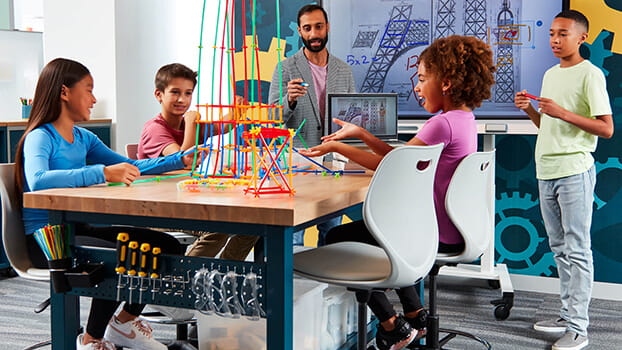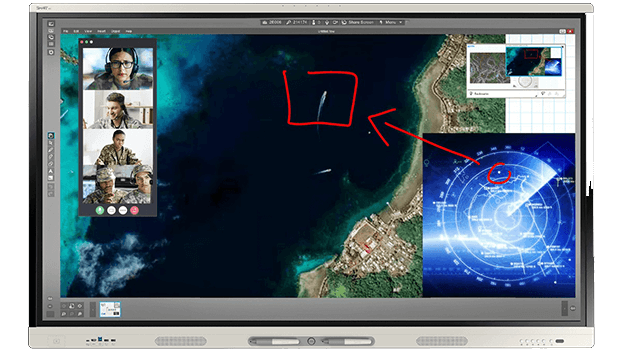"As educators in the education community, we have exemplary educators and our SMART ambassadors, as we call them now, where we bring in best practices from teachers and we have a community of teachers and learners and administrators where they can see best practices, they can share things that work, things that don't work along the lines of using technology in the classroom, "says Nicholas Svensson, CEO of SMART Technologies.
That approach has shaped SMART's philosophy and its purpose-built solutions for K-12 education. The company isn't just building technology for classrooms, but designing tools that give teachers time back and help administrators make better-informed decisions.
Recently, SMART was featured in Social Capital Insider for its purpose-built approach to technology and focus on solving two of education's most pressing challenges: saving teachers time and improving administrative outcomes.
Creating moments that matter in the classroom
Teachers today juggle preparation, instruction, assessment, and classroom management, often leaving little time for personalized student engagement. SMART's solutions aim to reduce the friction of these tasks
From intuitive software and educational activities to connected workflows and interactive displays, the focus is always on simplifying the teacher's day.
"We sell technology into classrooms. And one of the things we have to keep in mind is, a piece of technology is useless unless it's being adopted and used. And so our real passion is, and our purpose is, to create the moments in the classroom where somebody learns something," Nicholas explains.
Listening drives solutions for administrators
For school leaders, making data-driven decisions is essential, but challenging in a busy, complex environment. SMART supports administrators with tools like the SMART Admin Portal, which offers insights into classroom usage and operational efficiency.
"If a customer's having a problem or something's not quite working, we should make it our goal to help them solve it, whether it's caused by us or whether it's something else," Nicholas emphasizes. "So that's when I look at connections that matter — don't just care about the sale but care about the outcome that the customer wants."
It's this philosophy of listening first, understanding the ecosystem, and connecting stakeholders that defines SMART's approach to product development and customer support.
Building a people-centric culture
SMART's focus on listening doesn't stop with customers—it starts internally. Nicholas has fostered a culture where employee input drives decisions and innovation.
"Everybody's a little bit defensive about, 'Is there something wrong with my product? Let me prove that it's not me,'" he says. "But our response is: don't worry about whether it's you or somebody else; there's a problem. And in the course of doing that, we’re going to learn something about the complexities of the ecosystem, the customer's going to be happy, and we have achieved our goal."
This people-first approach has helped SMART increase employee engagement scores and ensures that every solution reflects real classroom and administrative needs.
Looking ahead
SMART continues to design scalable, flexible technology for classrooms worldwide. Whether it's collaborative interactive displays, software that streamlines lesson workflows, or dashboards that track outcomes, the company's mission is clear: empower teachers and school leaders to focus on what truly drives student success.



